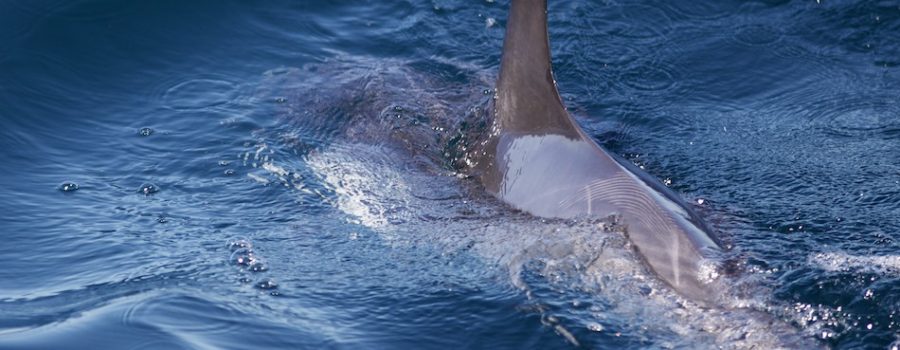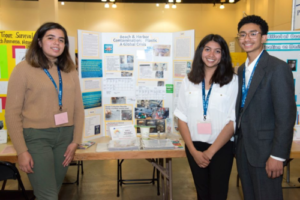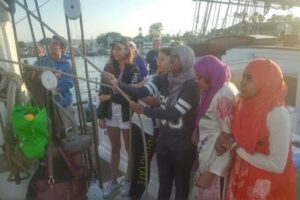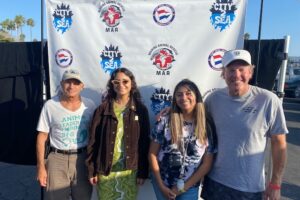According to the U.S. Department of Education, the country now ranks just 25th in mathematics and 17th in science among the industrialized nations of the world. Many people recognize the need for improvement and have put forward their best ideas. But is something different now, something impeding our best efforts to pass a solid STEM education on to the next generation?
Every new generation becomes comfortable with new technology in a way that confounds their elders. From carriages to cars to cars to airplanes, pagers to cell phones to apple watches, every new thing has at one time or another been referred to as “that new-fangled _____.” 15th century scribes undoubtedly questioned the Gutenberg press the way boomers now scratch their heads over personal computers. What’s different now is that the pace at which technology advances is mind-boggling. It’s nearly impossible to keep up, and science education is constantly in danger of falling behind.
The basic science standards for California were developed in 1998 and upgraded with the Next Generation Science Standards in 2013, which tacked on a host of higher-level requirements such as use of models. However, the underlying basis for the content has remained unchanged.
As the standard have remained static, the rate of advancement in science and technology has increased dramatically. Artificial Intelligence has gained the ability to understand information visually. CRISPR-Cas9 is being used in human medical treatments. Advances in computer networking have skyrocketed in the areas of cloud-computing, blockchain ledgers, and security. Cameras went obsolete and cars drive themselves.
So when teachers decide what to teach, how do we keep up?
The answer is simple: we cannot keep up–and we should not attempt to. In this environment, the job of science education is to foster students’ natural curiosity.
Our role is becoming less and less about presenting facts and testing a student’s facility with a massive and growing body of scientific knowledge. Our role is now to guide students through their own journey. We show them how to approach questions methodically, where to find reliable information, and–most importantly–share our own amazement.
City2 Sea started as a small organization to take students out on the ocean to go whale watching or fishing. We graduated to more complex lessons, and came under pressure to introduce more classroom tools into our outings. Agencies asked us, “How will you quantify learning without quizzes? What standards are you addressing?” These questions are vestiges of an old way of thinking in which the teacher espouses knowledge and the students absorb it. We came to realize that our role is not to emulate the old classroom, but to do what the traditional classroom cannot.





Leave a Reply
Your email is safe with us.